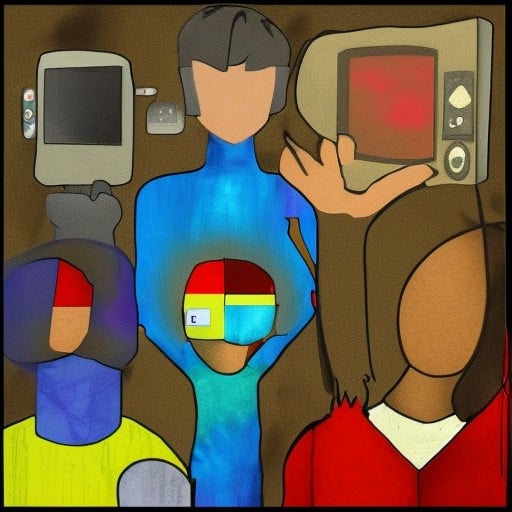Learning: Imitation or Reinforcement
Introduction
Imitation Learning (IL) and Reinforcement Learning (RL) are often introduced as similar, but separate problems. In this article, we will explore the two learning methods.
Imitation learning involves a supervisor that provides data to the learner. Thus the learner is provided with an expert policy. The learner then tries to learn the optimal policy by following and imitating the expert's decisions. So, Imitation learning is when you learn to do something by copying someone else.
Whereas reinforcement learning means the agent has to explore the environment to get feedback signals. The agent can then use these feedback signals to modify its behavior. So, reinforcement learning is a type of learning where an agent tries to learn how to behave in a certain way by observing the consequences of their actions. Rewards and punishments are used to encourage the agent to take certain actions. This allows it to learn how to optimize its behavior to obtain the desired outcome.
Unlike imitation learning, reinforcement learning does not rely on imitation of an existing model but instead tries to discover the optimal way of behaving by trial and error. Furthermore, reinforcement learning algorithms can learn to adapt to changing environments, whereas imitation learning algorithms cannot. This makes reinforcement learning a powerful tool for tasks where the environment is constantly changing.
One of the key differences between imitation learning and reinforcement learning is that imitation learning is a training method where the computer imitates human behavior. In imitation learning, instead of the reward function, an expert, usually a human, provides the agent with a set of demonstrations. In contrast, reinforcement learning is a training method where an agent learns by trial and error, receiving rewards or punishments as it interacts with its environment. As such, reinforcement learning is more closely related to animal learning than imitation learning.

Imitation Learning Techniques
Imitation learning techniques aim to mimic human behavior in a given task. An agent (a learning machine) is trained to perform a task from demonstrations by learning a mapping between observations and actions. This can be done in two ways: behavioral cloning and inverse reinforcement learning.
Behavioral Cloning
Behavioral cloning is a supervised learning method where the agent learns by observing and imitating an expert’s behavior. To do this, data collected from interactions with an expert are used to train a predictive model that can be used by the agent to make decisions in new situations.
Inverse Reinforcement Learning
Inverse reinforcement learning is an unsupervised learning method where the agent tries to learn what goal or objectives an expert is trying to achieve by observing their behavior. This can be done by inferring reward functions from demonstrations or by trying to match distributions of states visited by the expert with those visited by the agent after it has been trained on these states.
AlphaGo and Go
One famous example of imitation learning is DeepMind’s AlphaGo program which defeated a world champion Go player Lee Sedol in 2016. AlphaGo did not learn to play Go by imitating others. Instead, AlphaGo played Go thousands upon thousands of times against itself using reinforcement learning until it got good enough to beat Sedol convincingly in a five-game match (which it did 4-1). However, after winning against Sedol, AlphaGo was retired and DeepMind developed a new version of their Go playing program called AlphaGo Zero which used only reinforcement learning and was even better than the original AlphaGo program.
Conclusion
Overall, imitation learning and reinforcement learning are two distinct types of machine learning methods that have their advantages and disadvantages. Imitation learning can be used to quickly learn skills from an existing model, but it cannot adapt easily to changing environments. On the other hand, reinforcement learning algorithms can learn to adapt to changing environments and are better suited for tasks that require adaptation. Depending on the task at hand, one type of learning may be more suitable than the other. Ultimately, it is important to consider both imitation and reinforcement learning when making decisions about which type of learning to implement.
Both imitation learning and reinforcement learning offer advantages and disadvantages depending on the problem you are trying to solve or the task you want your computer program or artificial intelligence system to complete. For example, if you want your AI system to learn how to play chess solely by playing chess games against other chess programs then reinforcement learning would likely work best since this would provide your AI system with a variety of different game experiences from which it could learn. On the other hand, if you want your AI system to drive a car around a city then you would probably want it first to observe how humans drive cars in that city before having it attempt driving itself. So, behavioral cloning through imitation learning might be best in this case. As advancements are made in both fields, it will be interesting to see which field continues as strong as it has been recently or if there will be more focus on hybrid approaches that combine aspects of both methods.
